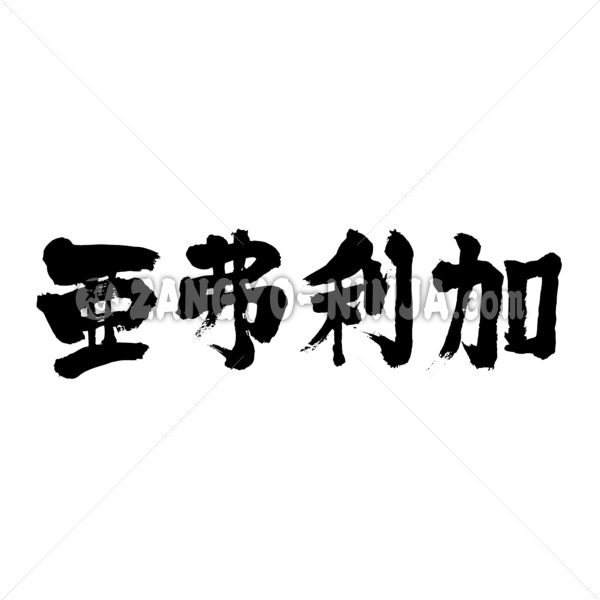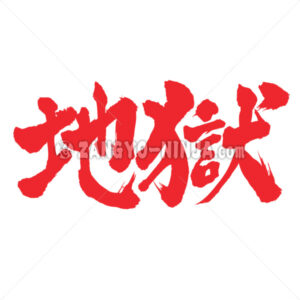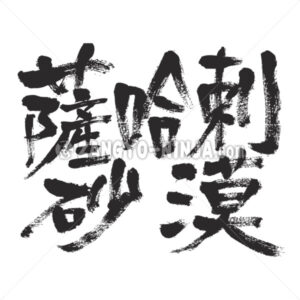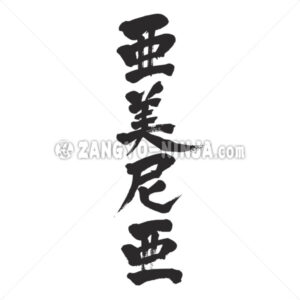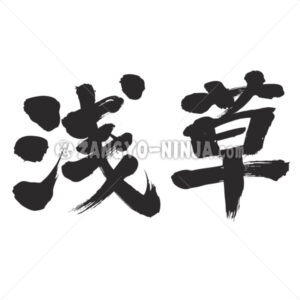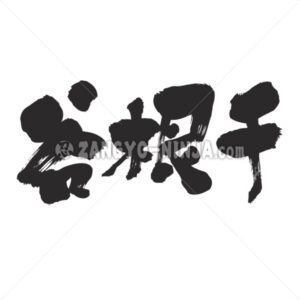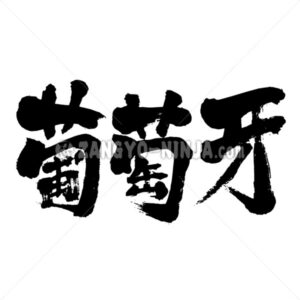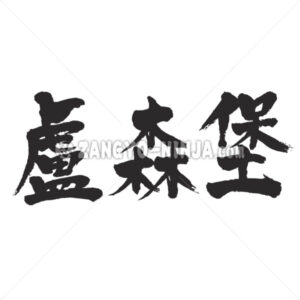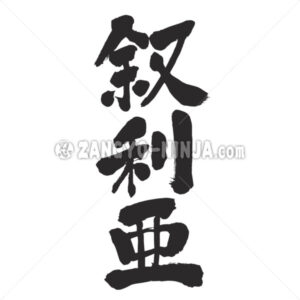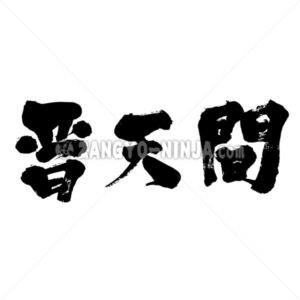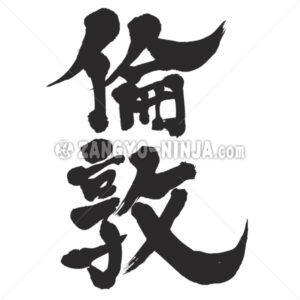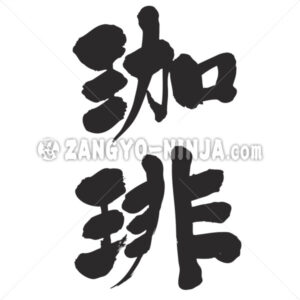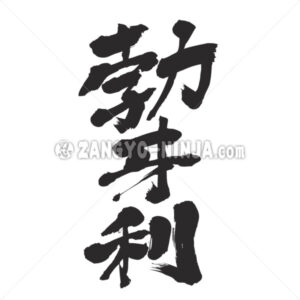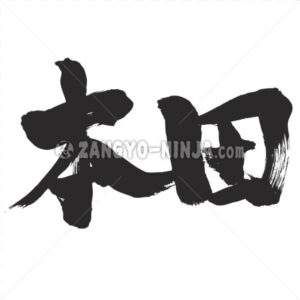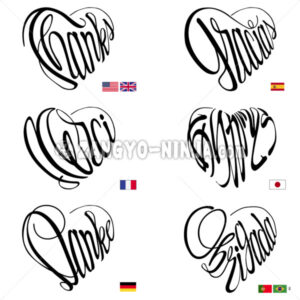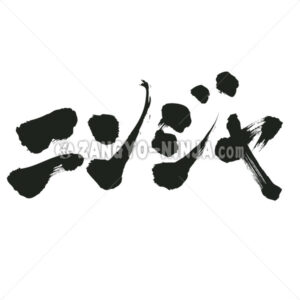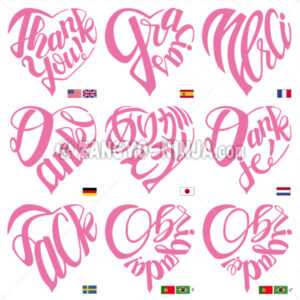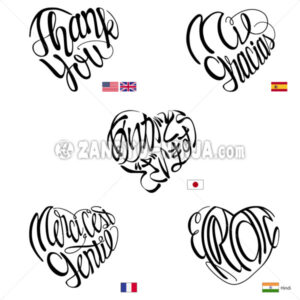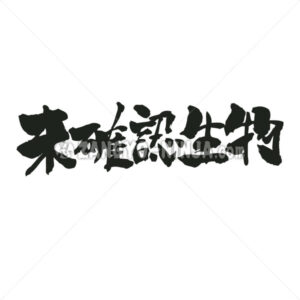Description for “Africa in Kanji”
The continent of Africa is a vast continent with an area of about 30,313,000 square kilometers (about 22.3% of the land of the earth), next to the continent of Eurasia and the (north-south) Americas. It is about 8000 kilometers, and the width of the east and west from 51 degrees east longitude to 17 degrees west longitude is about 7400 kilometers.
The Great Rift Valley of Africa runs from north to south in the eastern part, and many lakes such as Lake Tanganika and Lake Malawi have emerged. There is a 5000m class volcano.
With the exception of these and the Atlas Mountains in the north, the land has been stable with little significant crustal movement since the Precambrian, so it is generally plateau-like and has fewer alpine, lowland and plains than any other continent. In addition to the temperate climate of the Mediterranean coast and the southern tip, the tropical and dry climate zones are widespread, with deserts, savanna and rainforests predominantly. It is richer in animals than other continents, but in recent years wildlife has plummeted and is mostly found only in animal sanctuaries.
In the olden days, tribal kingdoms rose and fell in various places, but later Europeans entered the country, and colonization was carried out from the latter half of the 19th century to the beginning of the 20th century, and most of the continent became colonies of the European powers. However, the momentum for independence increased from the early 1950s, and by the early 1960s, about 40 countries had become independent, and by 1990, all colonies had become independent. In 2011, there were 54 independent countries, including the islands.
Racially, it is divided into “White Africa” north of the Sahara Desert and “Black Africa” south of the Sahara Desert. The former is an Islamic cultural area inhabited by Arabs and Amazighs of Mediterranean race, and the language is Ham-Semitic languages. The latter is a region predominantly of the black race, with a variety of languages collectively referred to as the Bantu languages in most of the central and southern regions and the Western Sudanese language group in most of the western regions. There are many areas where economic development is still in the early stages, mainly in agriculture and livestock, but there are abundant underground resources, and gold, diamond, cobalt, etc. have the highest production in the world. It also produces a large amount of iron ore and copper.


